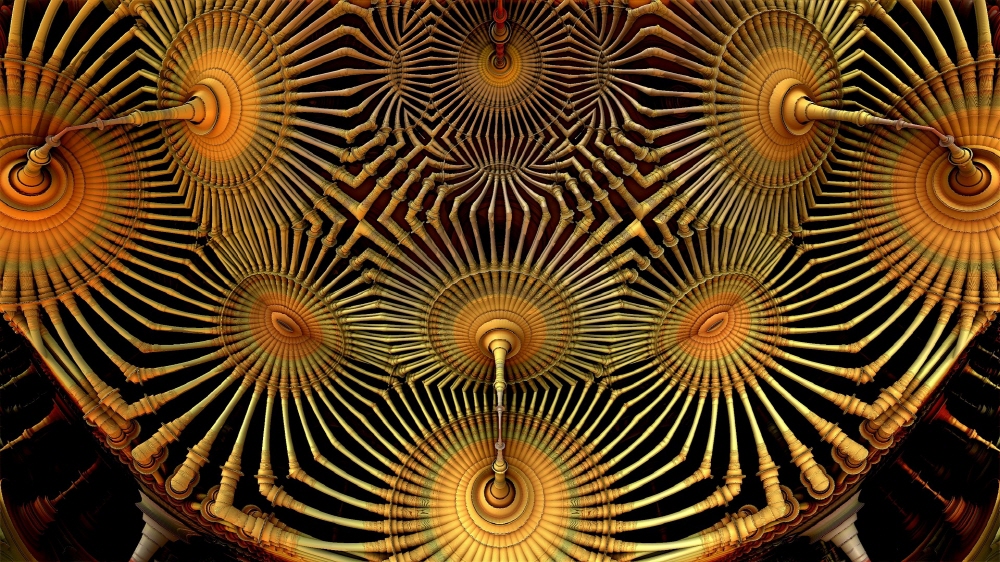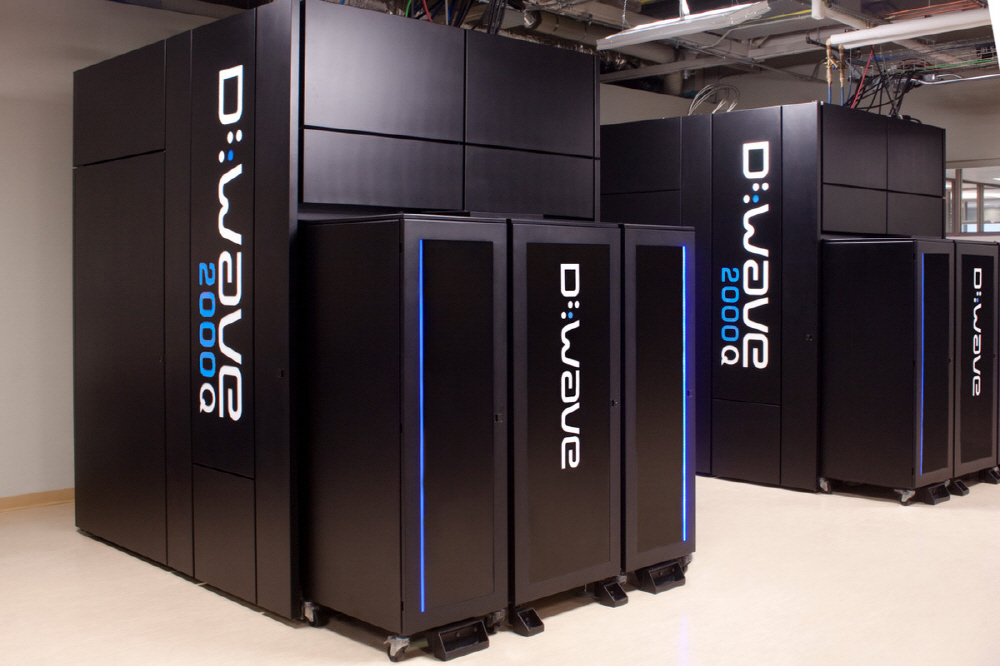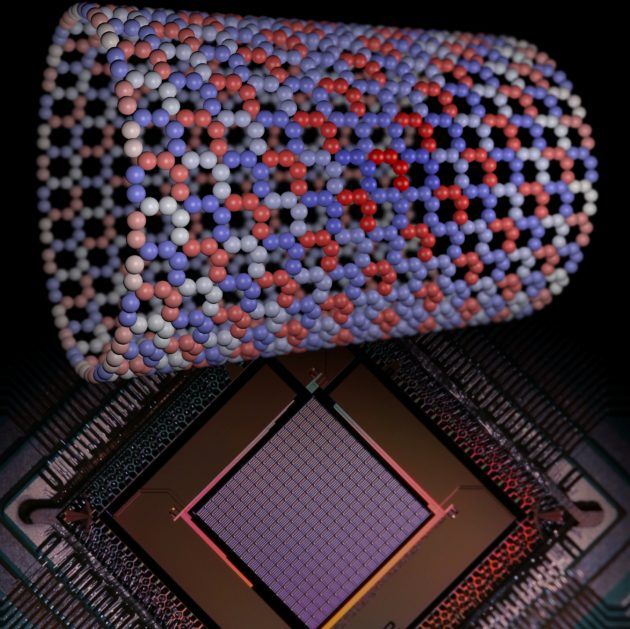
The quantum mechanics phenomenon, which won the Nobel Prize for Physics in 2016, is demonstrated theoretically through a quantum computer developed by a quantum computer company, D-Wave Systems, and it shows the possibility of a quantum simulation tool and finds an ideal new material as a quantum simulation It has been evaluated that it showed possibility of putting out.
The most important thing in the progress of science such as physics, chemistry, and engineering is the quest for new materials. The possibilities of advances in advanced products such as computers and smart phones, as well as airliners, rockets, and healthcare have always started with discovering new materials. Understanding of new materials has been the starting point for creating new technologies and overcoming future challenges.
Developing materials that are lightweight but strong enough to withstand airplanes or withstand harsh environments can help spacecraft reach other planets. But when it comes to discovering new materials or analyzing existing materials, creating a system to fully understand the physical properties is a challenge.
Quantum computers have the potential to be useful tools for simulating highly analytical physical properties of these materials. Understanding the quantum mechanical properties of a material can lead to new technological advances.
Dewave Systems said in a study published in Science in August and Nature in June that it succeeded in simulating quantum materials using quantum computers. Based on classical quantum computer concepts, existing computers have been successful in simulations that were too complicated. By directly simulating the quantum state of a material, more sophisticated simulations can be pursued. It is a timeline that allows quantum computers to look forward to a new era in understanding materials and designing new materials.
It can be applied to various application materials such as cancer drug or new battery. It is possible to produce totally new material that has not been available in the future through quantum simulation through quantum computer.
DeWave Systems conducted a quantum system simulation using its quantum computer, D-Wave 2000Q. In the 1970s, theoretical physicist David Thouless, Professor Emeritus of Washington University, Michael Kosterlitz, Professor of Brown University and Professor Duncan Haldane Princeton University, Based on theories of topological phase transitions and topological phases of matter.

The characteristics of the topological phase transition observed through artificial simulation through the DiWave 2000Q system are consistent with theoretical predictions with quantum effects. Dr. Coaterlitz said the paper presented a breakthrough in simulating a real system that could not have been possible without a quantum computer. In the future, quantum simulators are expected to explore complex and difficult-to-understand physical systems and quantify the simulation results into real-world system models. It is expected that some examples will be applied to this simulation method.
Di Wave Systems announced that more than 70 applications have been launched in various fields such as machine learning and cyber security using the results of the two papers that have been published, and development is underway for practical application of quantum computers.
https://vimeo.com/83557751
Quantum computers are also being studied for practical use by global IT companies such as Google and Microsoft. Nature also said last year that quantum computers were moving beyond the research phase to the development stage.
Google has been developing quantum computers using superconductors with higher computational performance than existing supercomputers since 2014. Microsoft is working on a quantum computer that is based on a number of theories, including the development of a topological quantum computer.
The number of researchers in quantum computer research is also on the rise. As most of these quantum computer researches are at a similar point in time, there is a growing need for physics experiments with demonstratively quantum computerized devices. An example of this is the physics experiment of Di Wave Systems.
If a quantum computer is put into practical use, a large-scale operation is performed at a time by quantum superposition in which existing bits exist only in 0 or 1 in the existing computer at the same time and quantum entanglement in which two quantum bits become simultaneously in the same state .
The reason why interest in quantum computers grows more in detail is that the computer-related technologies that have been steadily developed since the 1960s have become smaller and more powerful each year as they progress, but physical limitations come to mind. Components of a computer are simple, such as a storage device, a computing device, and a control device. Computers have chips and modules, logic gates, and transistors. A transistor is simply a switch. Shed or stopped information.

The minimum unit of information data flowing here is represented by bits. As mentioned above, the bit has a value of 0 or 1. A bit can not be represented by either 0 or 1, but multiple bits can represent more complex information.
A logic gate is a simple form that processes a simple operation, and if it is an AND gate, it sends a 1 if it is all 1 and a 0 if it is not. However, this also makes it possible to process all the calculations, such as addition and multiplication. All you need is a bundle for simple calculations. It can be said that seven-year-old children are gathering and calculating, but if the number increases, it becomes possible to play physics and complex 3D game.
However, when the substance becomes smaller, the nature of both appears. As mentioned earlier, transistors are electric switches, and current is the movement of electrons. The switch blocks this flow. The transistor size currently in use usually uses a 14nm manufacturing process, which is only one eighth the size of the HIV virus, and is one-500th the size of red blood cells.
When this size is reduced, the electron exits the wall by a tunnel effect. Exiting out of the barrier with a certain probability. Technology is reaching physical limits.
It is a quantum computer that is designed to solve this problem. Existing computers use bits, but quantum computers use quantum bits, which are both particles that can take two states simultaneously. The states 0 and 1 are close to the polarization state of the photon. Quantum bits can exist in two states at once, not in one state.
To represent 4 bits of information on a regular computer, 16 quantum bits can be displayed at one time. Thanks to 20 cubits you can have as many as 1 million parallel.
As mentioned earlier, there is a phenomenon of quantum entanglement. This means that even if two qubits are separated, they are in the same state at the same time. One can see the state of another.
However, quantum bit operation is difficult. The logic gate outputs one input. However, the quantum gates of quantum computers are complex in input and output. Observing that the input to the qubit is entangled through the quantum gate, all possible calculations are being made at the same time. The problem is that the result I want to achieve is one of these. It is necessary to have the trouble to find it.
However, if you take advantage of the characteristics of both, quick calculation is possible. For example, a database search. Retrieval of an existing database needed to refer to all of the elements as much as we needed to refer to the data one by one to investigate something, and of course it took a long time. However, the quantum algorithm can search for a square root of time. In other words, a search that took a million seconds could end in 1,000 seconds.
Information security. Currently, the Internet or a bank encrypts and protects information through public key cryptography. Of course, public key cryptography can be decrypted by calculation, but it takes a few years to process it with an existing computer. But if you use a quantum computer here, you can end it in an instant.
At the beginning of this example, a quantum computer can be used for simulation. Simulation is a field that requires extensive computation. In addition, quantum mechanics itself can be used for research. Of course, it can help medical development.


















Add comment